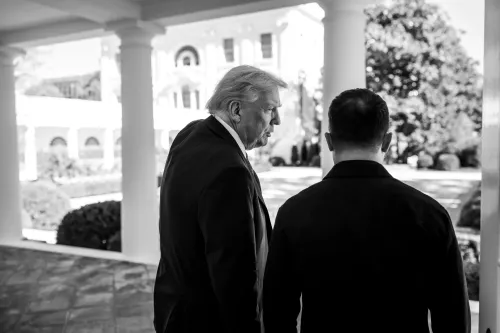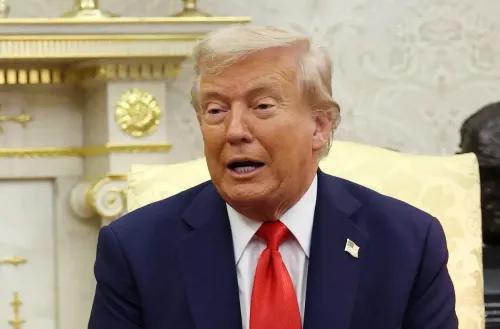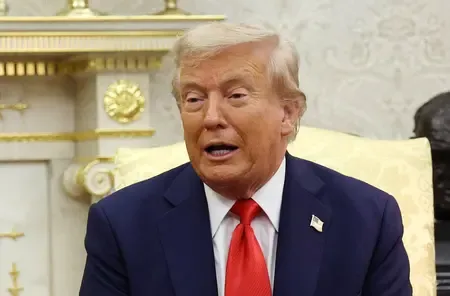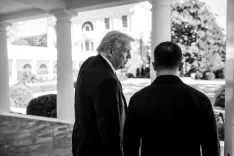Is the South Korean Economy on the Path to Recovery?
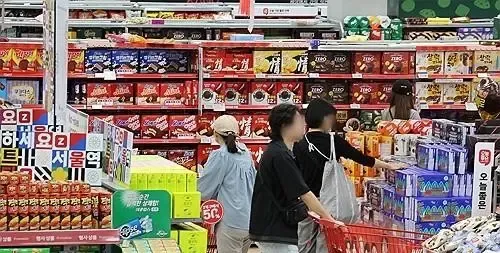
Synopsis
Key Takeaways
- South Korea's economy is showing signs of recovery.
- Key indicators signal a rebound from the first half downturn.
- Exports increased significantly, driven by semiconductor demand.
- Job growth reached a 19-month high with 312,000 new positions.
- The government is addressing trade risks and supporting local businesses.
Seoul, Oct 17 (NationPress) The South Korean economy is showing signs of recovery following a downturn in the first half of the year, despite ongoing concerns regarding external uncertainties, according to the finance ministry's statement on Friday.
The Ministry of Economy and Finance conveyed this in its monthly economic report, known as the Green Book, adopting a more optimistic tone compared to the previous month, as reported by Yonhap news agency.
"In spite of monthly variations, crucial indicators are reflecting an overall positive trend, indicating a rebound from the decline observed in the first half of this year," the report highlighted.
In the September edition, the ministry noted that "indications of economic recovery are becoming more robust."
Industrial output remained nearly stagnant in August compared to the month prior, while facility investments witnessed a decline of 1.1 percent. Retail sales, which are indicative of private consumption, dropped by 2.4 percent month-on-month in August, marking the first decrease in four months.
In September, the nation’s exports surged by 12.7 percent year-on-year, reaching $65.95 billion, driven by strong semiconductor demand, marking the highest level since March 2022, the ministry observed.
Additionally, the economy added 312,000 jobs last month, representing the fastest year-on-year growth in 19 months, primarily due to employment increases in the service sector following the government's stimulus initiatives.
Consumer prices increased by 2.1 percent year-on-year in September, returning to the 2 percent range within a month.
However, the ministry pointed out that weak construction investments, a sluggish job market in vulnerable sectors, and concerns regarding export slowdowns due to U.S. tariff measures are significant obstacles.
"Globally, volatility in international financial markets continues, and worries regarding sluggish trade and growth are escalating due to deteriorating trade conditions stemming from tariffs imposed by major countries," it stated.
"The government is committed to making comprehensive efforts to address trade risks and support domestic companies impacted by U.S. tariffs."
In late July, South Korea and the U.S. reached a preliminary trade agreement, under which Seoul agreed to invest $350 billion in the U.S., among other commitments, in exchange for Washington's agreement to reduce its "reciprocal" tariff on South Korea from 25 percent to 15 percent.
Nevertheless, the deal is not yet finalized, as negotiations continue over outstanding details. Finance Minister Koo Yun-cheol, Industry Minister Kim Jung-kwan, Trade Minister Yeo Han-koo, and Kim Yong-bum, the presidential chief of staff for policy, are currently in Washington for what are anticipated to be last-minute discussions.

